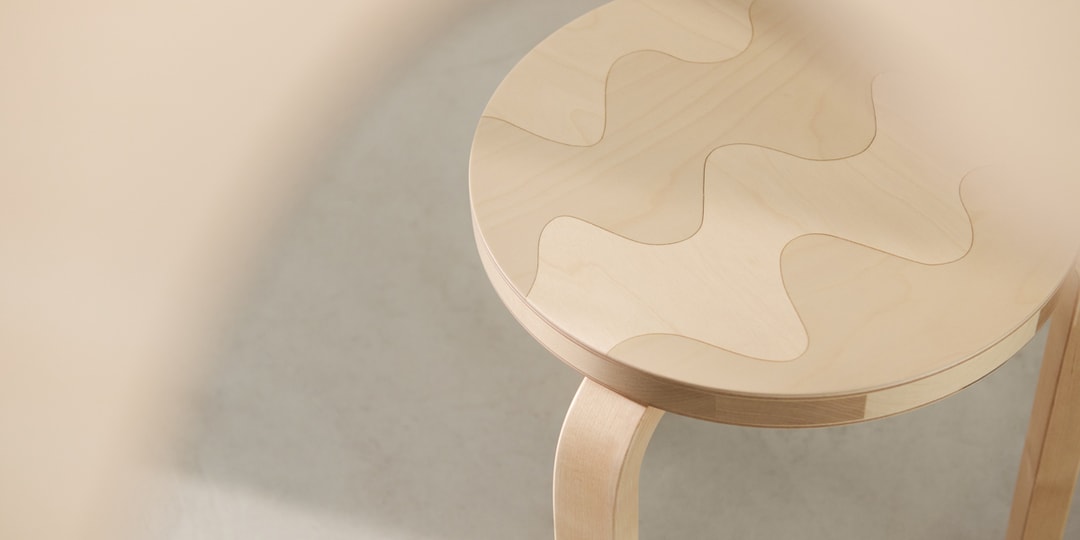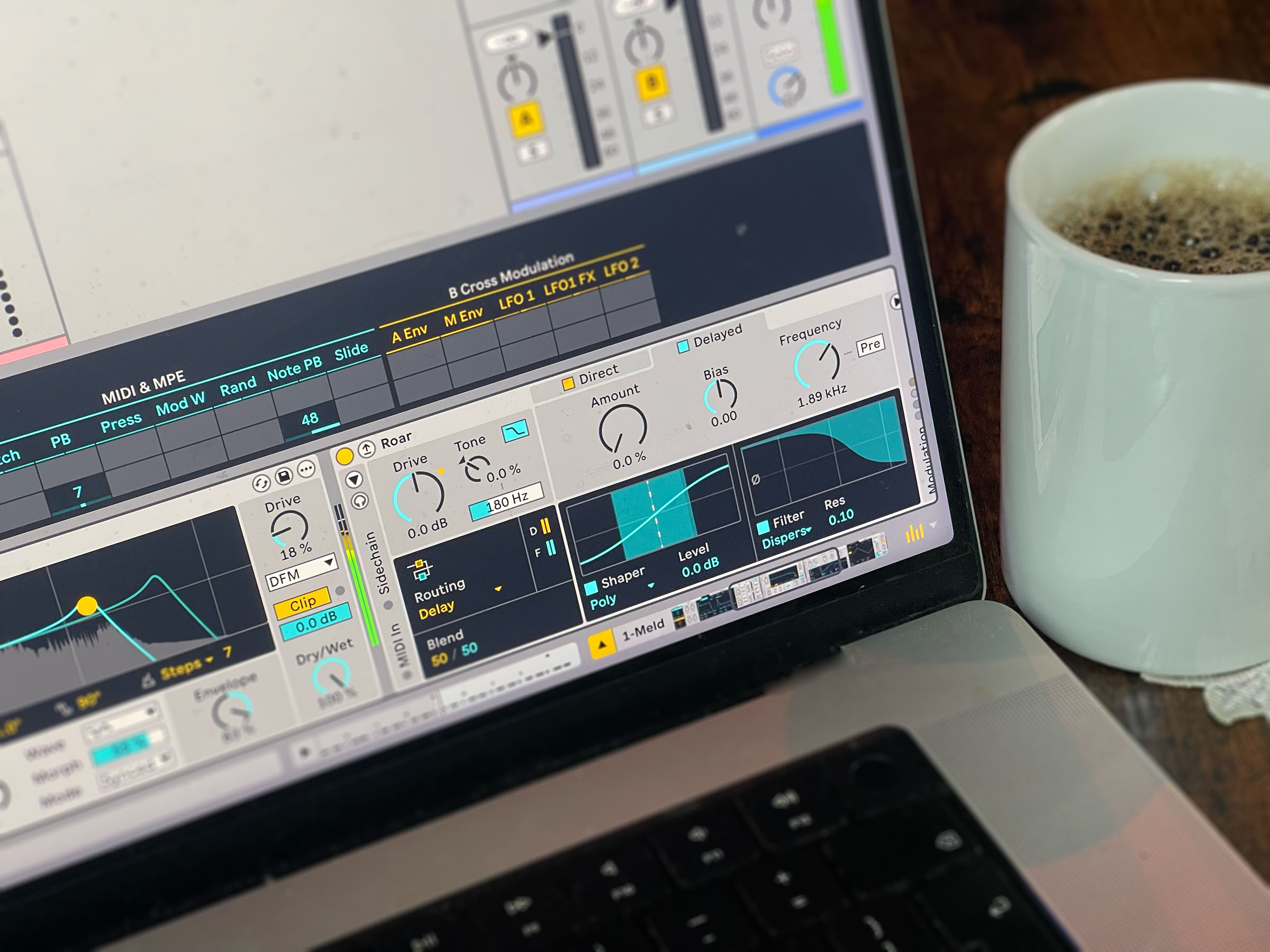Everything you need to know about Egypt's new capital city
Egypt's giant New Administrative Capital recently became the country's official seat of government, but its development has gone largely under the radar. Here is everything you need to know about Egypt's enormous new capital city. Unlike many other proposed city-building projects that have barely left the drawing board, construction of the New Administrative Capital is The post Everything you need to know about Egypt's new capital city appeared first on Dezeen.


Egypt's giant New Administrative Capital recently became the country's official seat of government, but its development has gone largely under the radar. Here is everything you need to know about Egypt's enormous new capital city.
Unlike many other proposed city-building projects that have barely left the drawing board, construction of the New Administrative Capital is well underway, with whole districts already complete.
The city, which is now Egypt's official capital, contains Africa's tallest building, biggest mosque and second-biggest stadium, as well as the largest cathedral in the Middle East.
Where is the New Administrative Capital?
The New Administrative Capital is located 45 kilometres to the east of Cairo. It can be seen on Google Maps here.
It is being built on 700 square kilometres of largely undeveloped land halfway between Cairo and Suez.

Why is the New Administrative Capital being built?
The New Administrative Capital is being built as a new capital city for Egypt, containing the main functions of the country's government.
According to the Egyptian government, the city is being built to relieve congestion and pollution in Cairo by moving the country's administration organisations out of the city. However, critics suggest that the aim might be to reduce the possibility of mass government protests by moving the centre of governance far away from the main population.
As its name suggests, it will be the administrative capital of Egypt, containing the country's presidential palace, parliament and the majority of central government departments.
Who is leading the development of the New Administrative Capital?
The city is being developed and funded by the Egyptian government. It established the Administrative Capital for Urban Development company to oversee creating the city. The Egyptian military owns 51 per cent of this company, while 49 per cent is owned by the Ministry of Housing.
It is the flagship project of president Abdel Fattah el-Sisi, who has ruled Egypt since 2014 after he led the military's overthrow of president Mohammed Morsi.
Sisi was sworn in for a third term as president on 2 April 2024 within the New Administrative Capital, inaugurating the city as the official capital.

Who is designing the city?
US architecture studio SOM was responsible for putting together the initial design concept for the city, which was then developed further by international building consultancy Dar al-Handasah Shair & Partners.
Dar has also been appointed to masterplan the next three phases.
What progress has been made?
The plans for the city were first announced in 2015 and since then they have been rapidly developed.
Many of the core landmark buildings have now been completed, including the presidential palace, parliament and numerous government buildings, along with large areas of housing. All this constitutes just the first phase of the project.

What are the major zones in the New Administrative Capital?
The New Administrative Capital is planned as a city of six million people, with the parliament and government buildings at its core.
The government district (shown top right in the image below) is arranged around a monumental central axis that terminates with the Grand Mosque to the south and the People's Park and vast presidential palace complex at the north.
A giant landscaped public square on this central axis is overlooked by Egypt's parliament and the three-pointed House of Representatives.

Along with the government buildings, a vast military headquarters named The Octagon, which contains 10 octagonal buildings, has been built near the south of the development.
A sports district containing a 93,000-seat stadium, designed by SHESA Architects, has also been built in the south of the city.

To the west of the government district, a business district has been built, including the 394-metre-high Iconic Tower. Designed by Dar, the office building became the first supertall skyscraper in Africa when it completed in 2024.
But this building will be dwarfed if plans for the Oblisco Capitale skyscraper, designed by Egyptian studio IDIA, go ahead. Already approved by the Egyptian government, the skyscraper, also in the business district, is planned to rise to 1,000 metres.
A cultural district containing a giant opera house, library and museum has also been built as part of the city.
Why is it called New Administrative Capital?
New Administrative Capital was the name given to the city when it was first announced as a straightforward description of what it would be. Since then there have been several attempts to name the city, including a government-organised competition in 2019.
However, no new name has been selected and New Administrative Capital is still widely used.
Why is the city controversial?
Many in Egypt question whether the $58 billion being spent on the city could be better invested elsewhere.
Egypt is suffering from a struggling economy and ballooning inflation. The new capital is one of several major projects that critics of president Sisi blame for adding to the country's debt and weakening the economy.
Last year, the Wall Street Journal published a video titled Why Egypt can't afford its $58 billion new capital city.
The opening of the city's mosque led to widespread criticisms about the cost of the project online.
The high cost of the development also means that the majority of the housing in the city will be out of reach for most of Egypt's population. According to a report by Al Jazeera, a two bedroom apartment in the city costs around $50,000, while the gross domestic product per capita in Egypt is less than $3,000.

"Thus it seems the New Administrative Capital is going to serve as yet another gated community for the rich and will do little to meet the housing needs of Cairo's poor and underprivileged residents," wrote Mustafa Menshawy in Al Jazeera.
Critics of the project also suggest that removing the government from Cairo may reduce the possibility of regime change following mass protests – as happened in 2011 and 2013 in Tahrir Square.
"There is no fear of the riff‑raff infiltrating the capital anytime soon," wrote Yasmine El Rashidi in the Architectural Review. "In fact, there is no fear of anyone beyond those who work there even making the journey to visit.
"And even if the disgruntled were to arrive in protest at the state of the economy, or the destruction of the historic city centre, as they once did in Tahrir Square, it would take all day for them to walk across the new city's expanse," she continued.
"Both in its planning and in its inception, the new capital is as spatially undemocratic as a city can be."
Read more "Everything you need to know" guides from Dezeen:
Everything you need to know about expos and world's fairs
Everything you need to know about America's next tallest building
Everything you need to know about Saudi mega-project Neom
Everything you need to know about Saudi Arabia's 14 "giga projects"
Everything you need to know about the world's next tallest building
The post Everything you need to know about Egypt's new capital city appeared first on Dezeen.




![‘Teacher’s Pet’ – Barbara Crampton & Luke Barnett Star in High School Thriller [Images]](https://bloody-disgusting.com/wp-content/uploads/2025/06/TP_STILLS_3-1024x436.jpg)


![Konami Reveals ‘Silent Hill’ Remake Currently in Development From Bloober Team! [Watch]](https://bloody-disgusting.com/wp-content/uploads/2025/06/silenthill.jpg)













































![Where the Boys Are [BULL DURHAM]](https://jonathanrosenbaum.net/wp-content/uploads/2010/08/bull-durham.jpg)
























































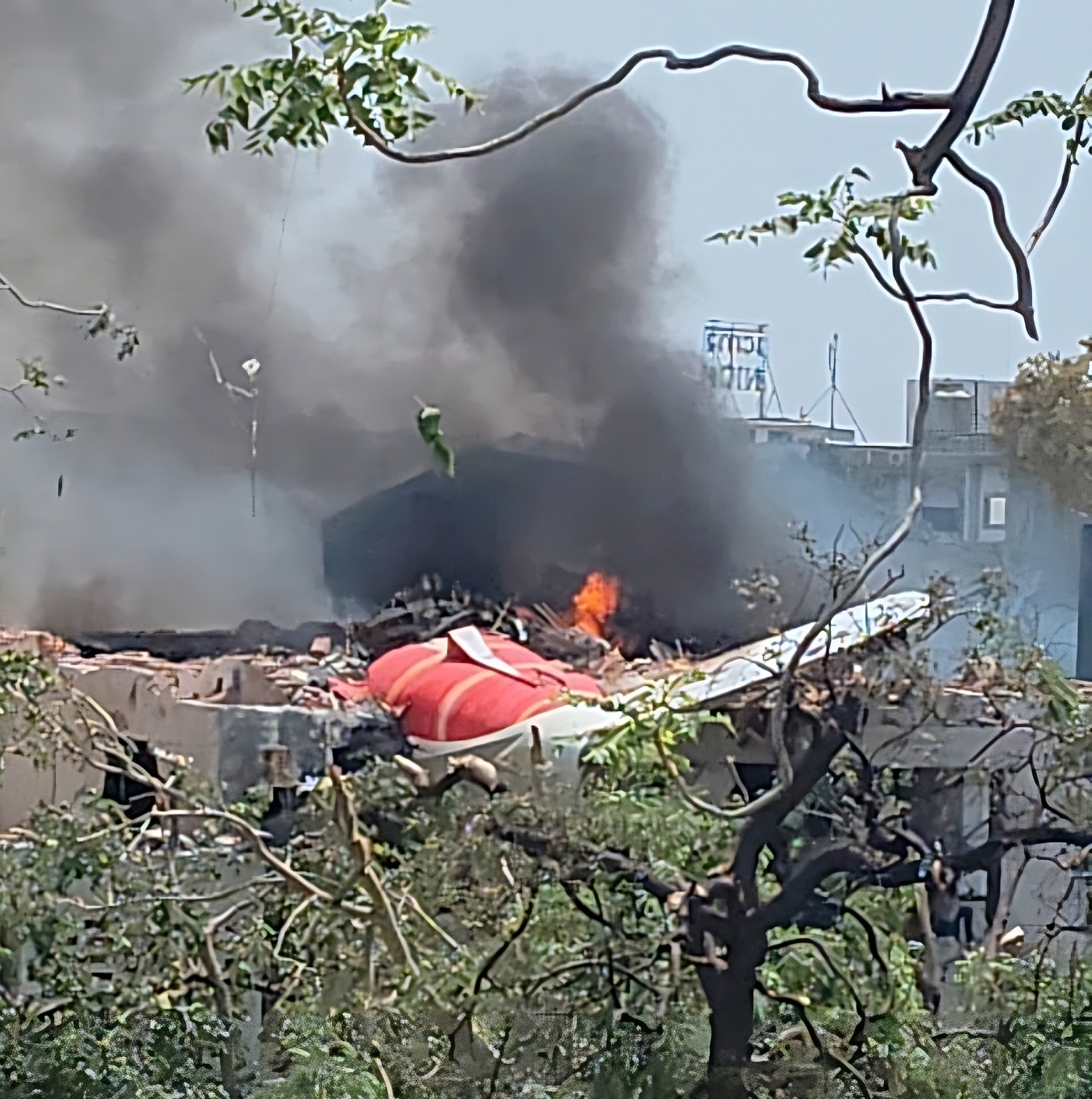










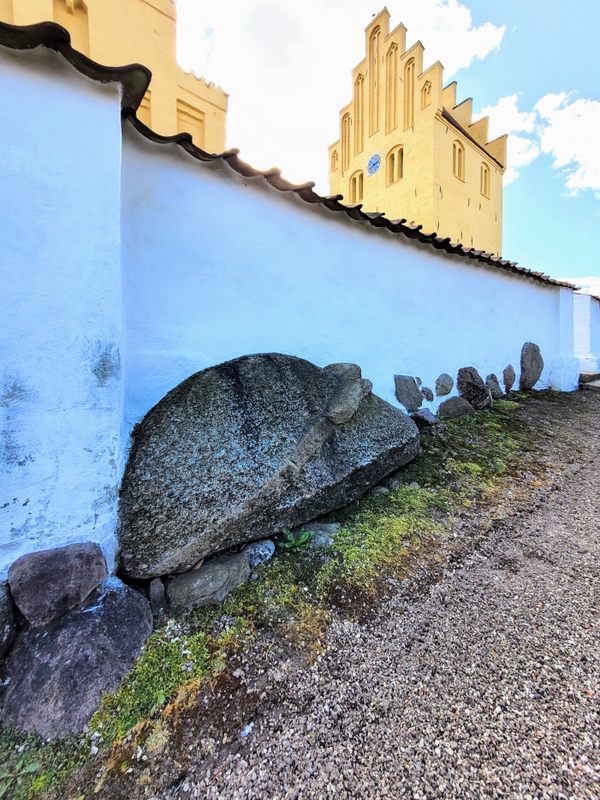


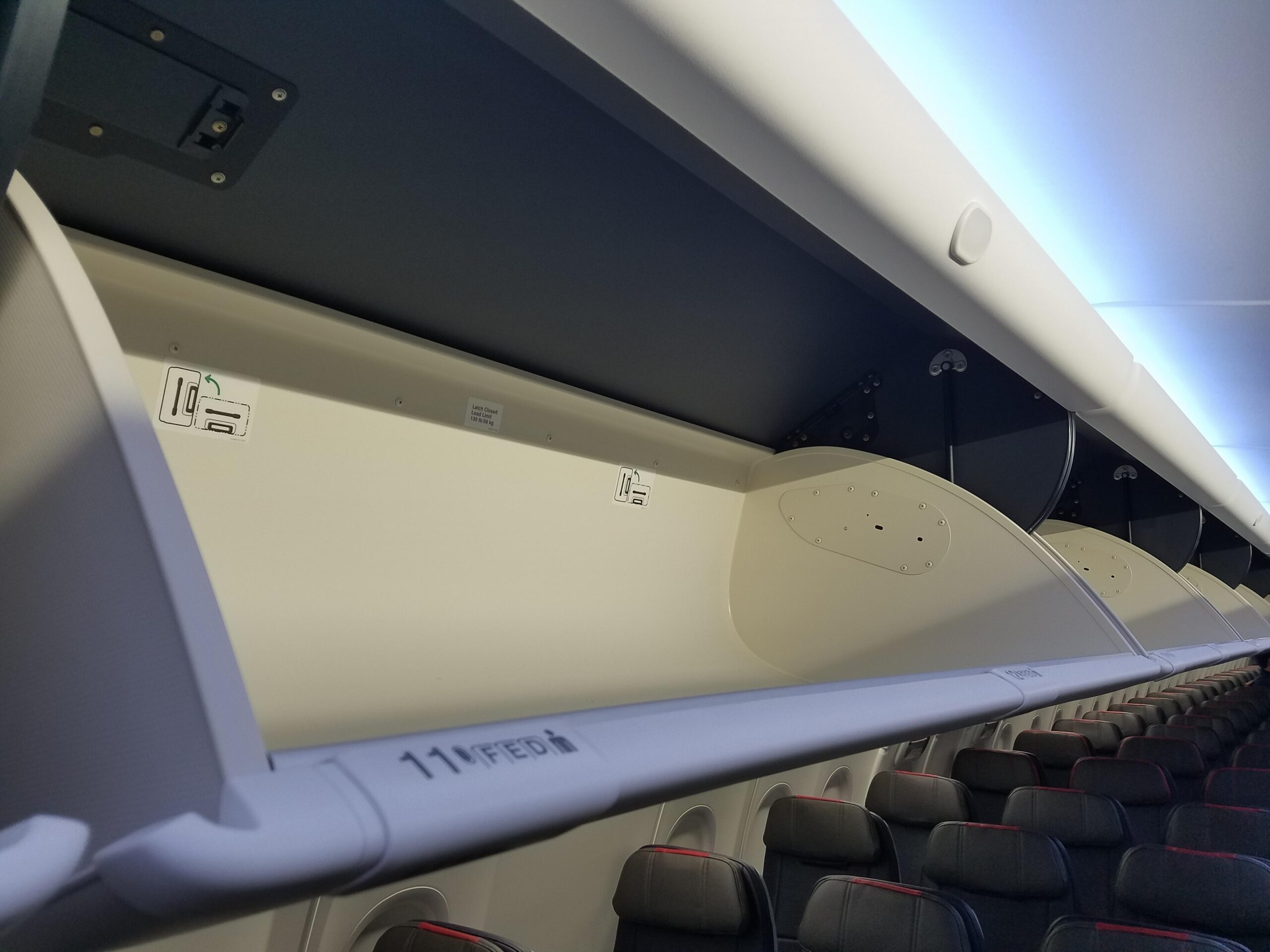

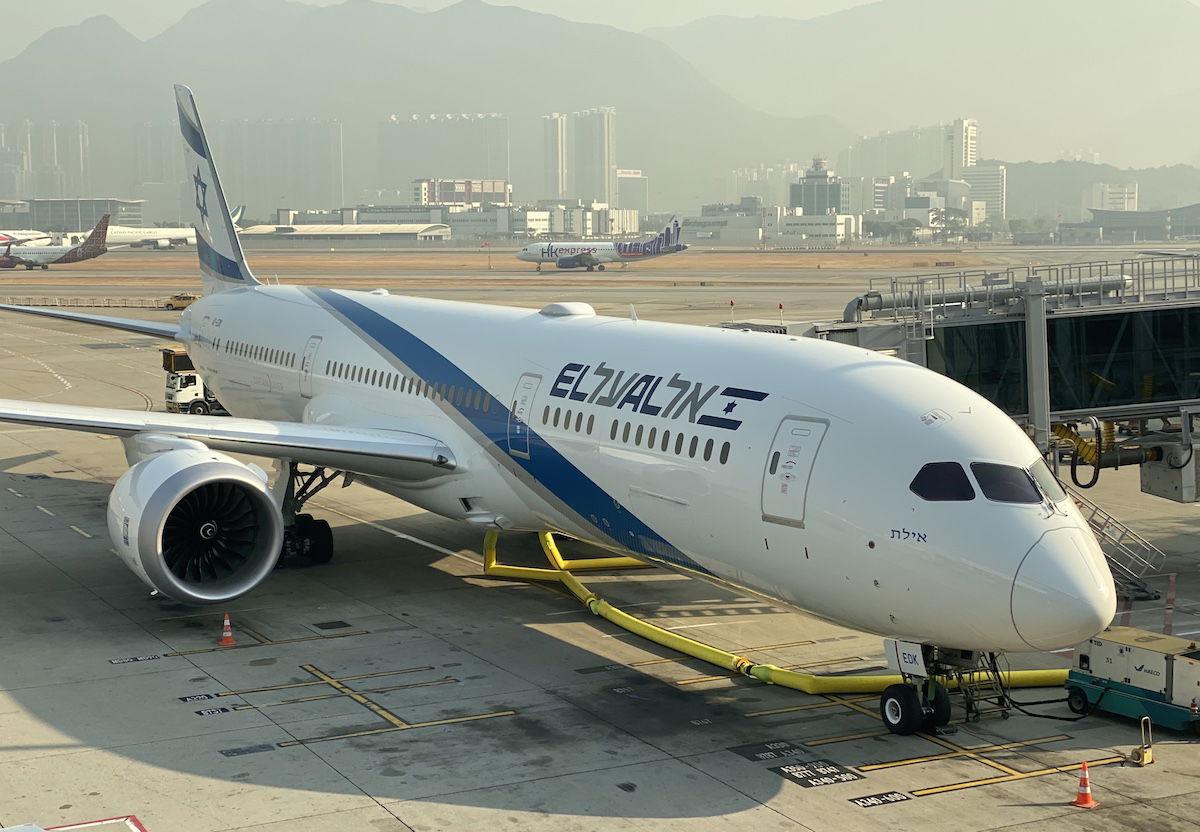
























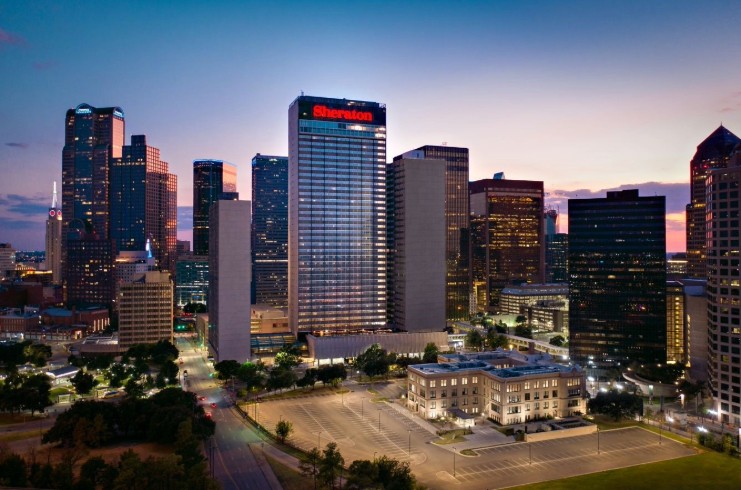






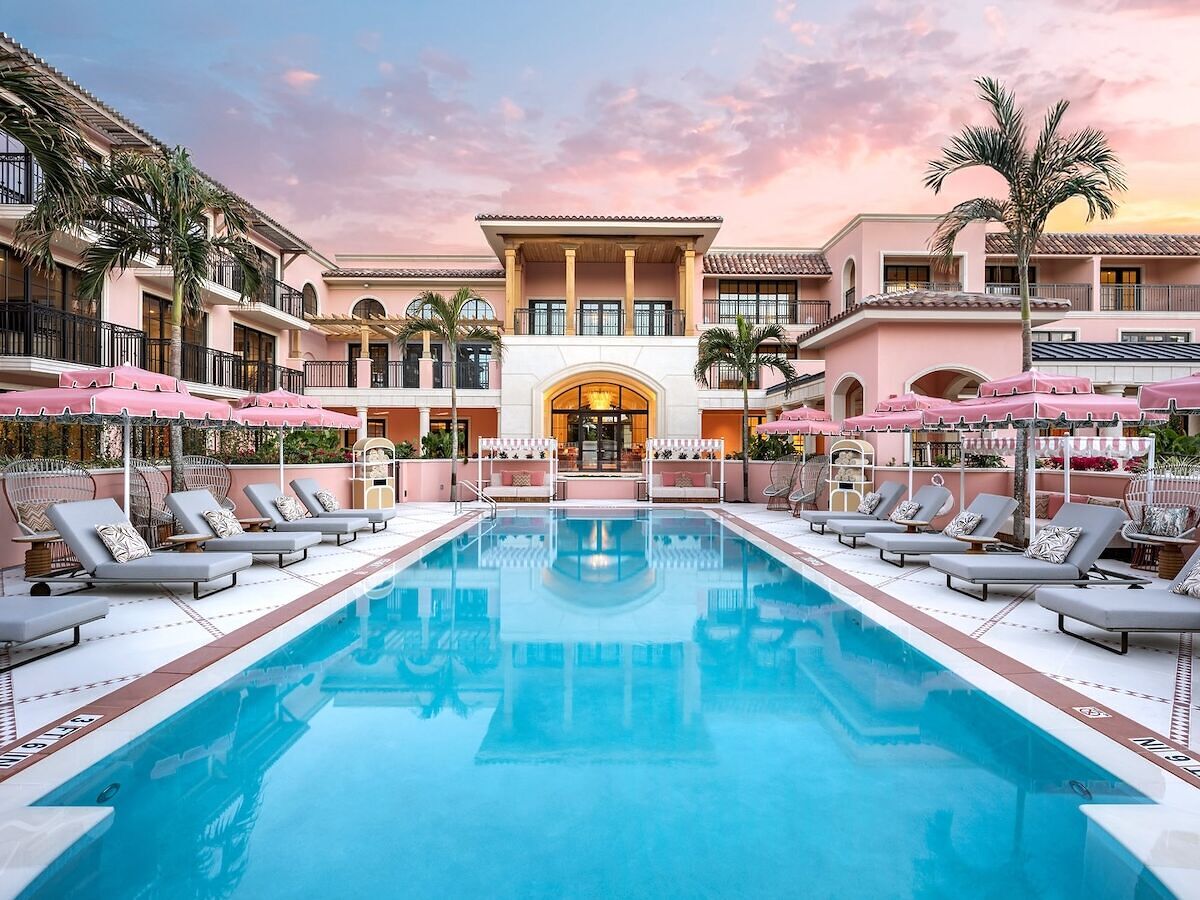

















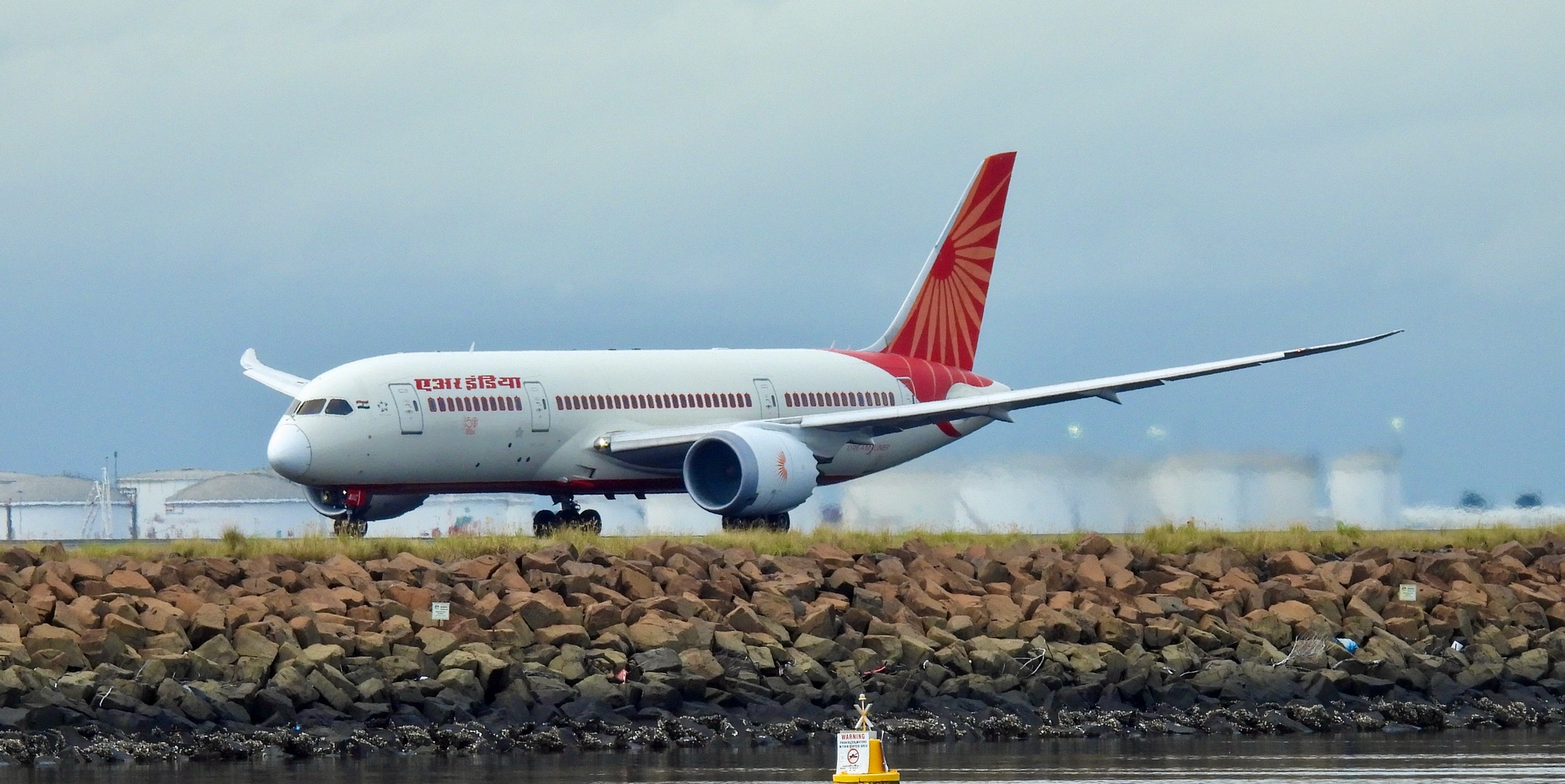
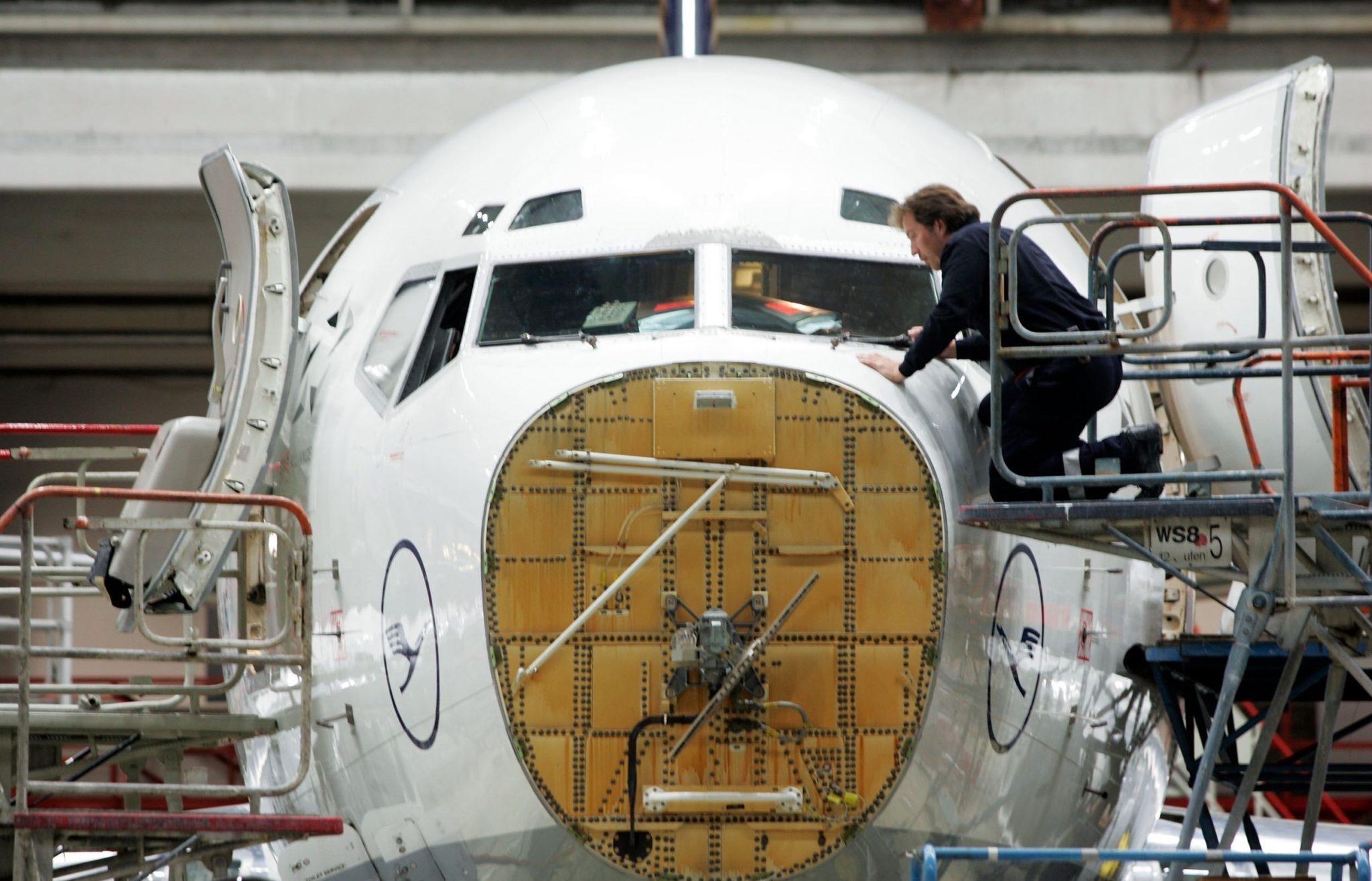

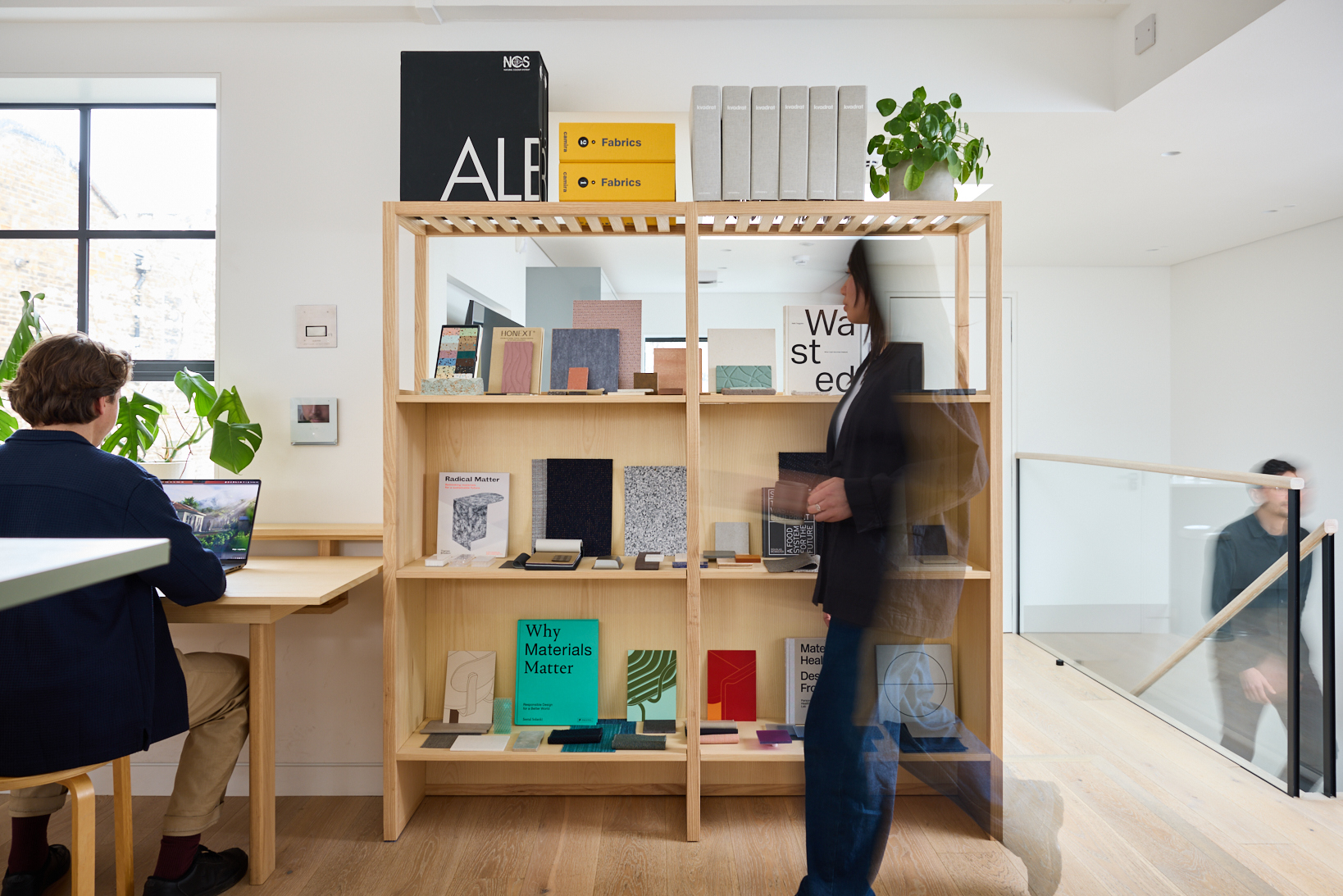








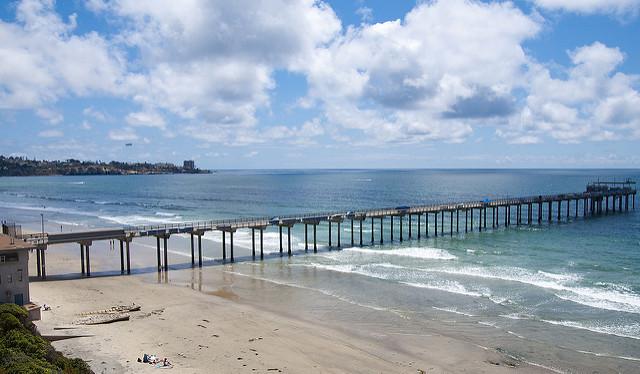
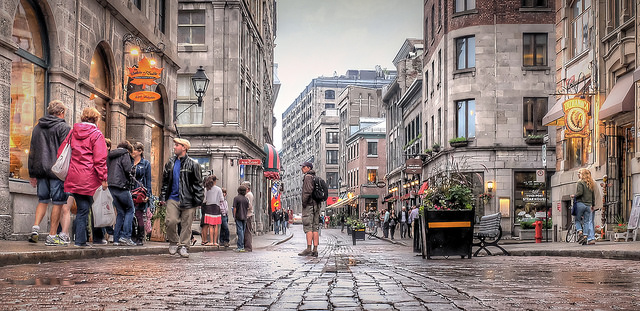

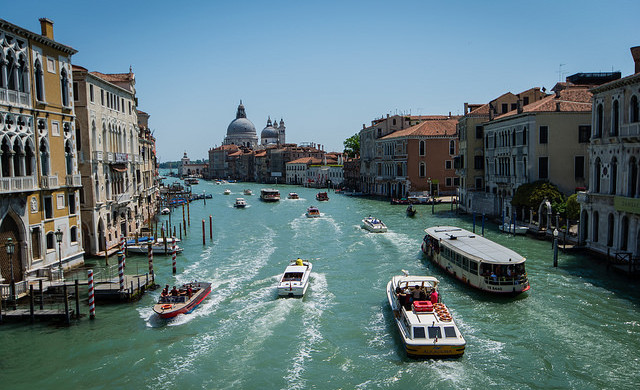

































-35-45-screenshot.png?width=1920&height=1920&fit=bounds&quality=70&format=jpg&auto=webp#)

-30-7-screenshot_0FxoE4J.png?width=1920&height=1920&fit=bounds&quality=70&format=jpg&auto=webp#)

















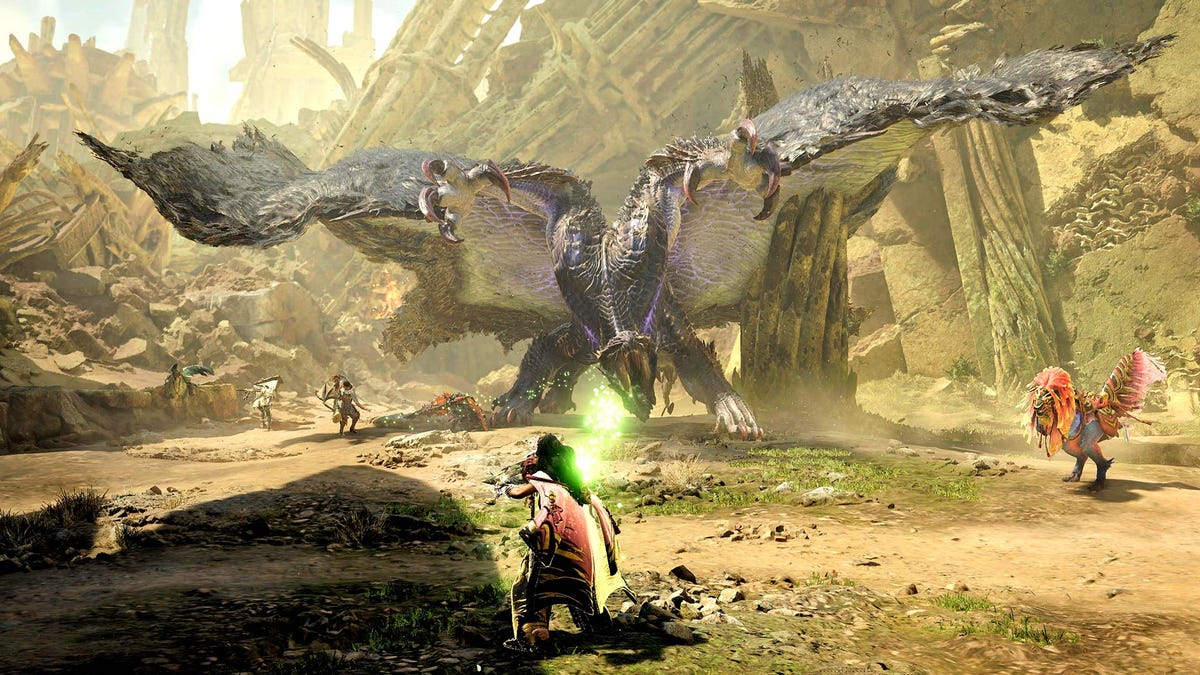
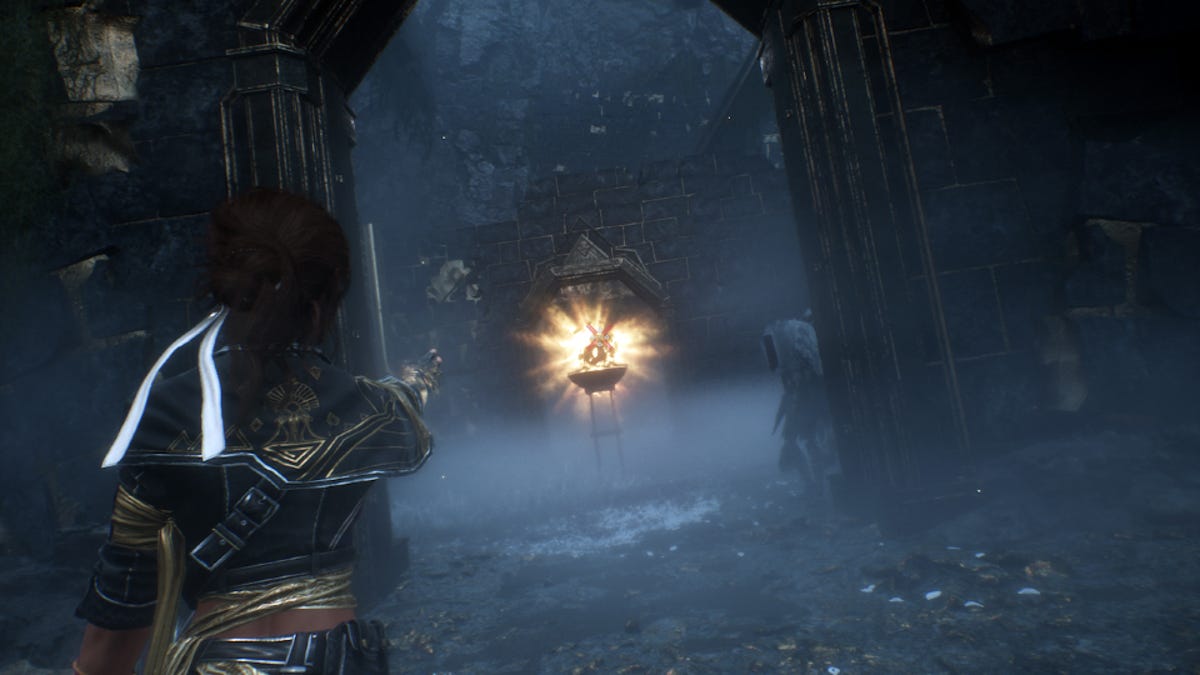





















































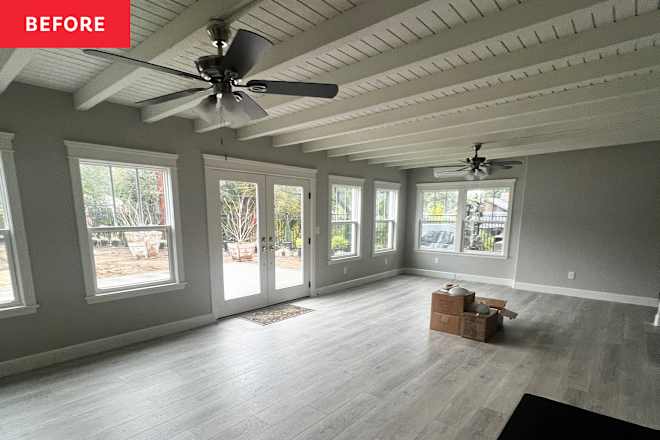





























































.jpg)









